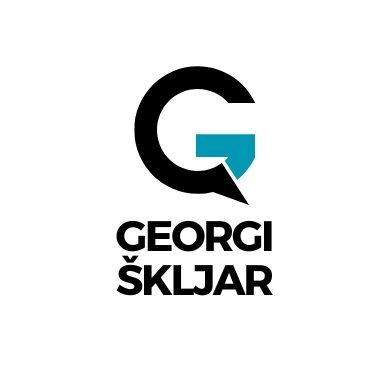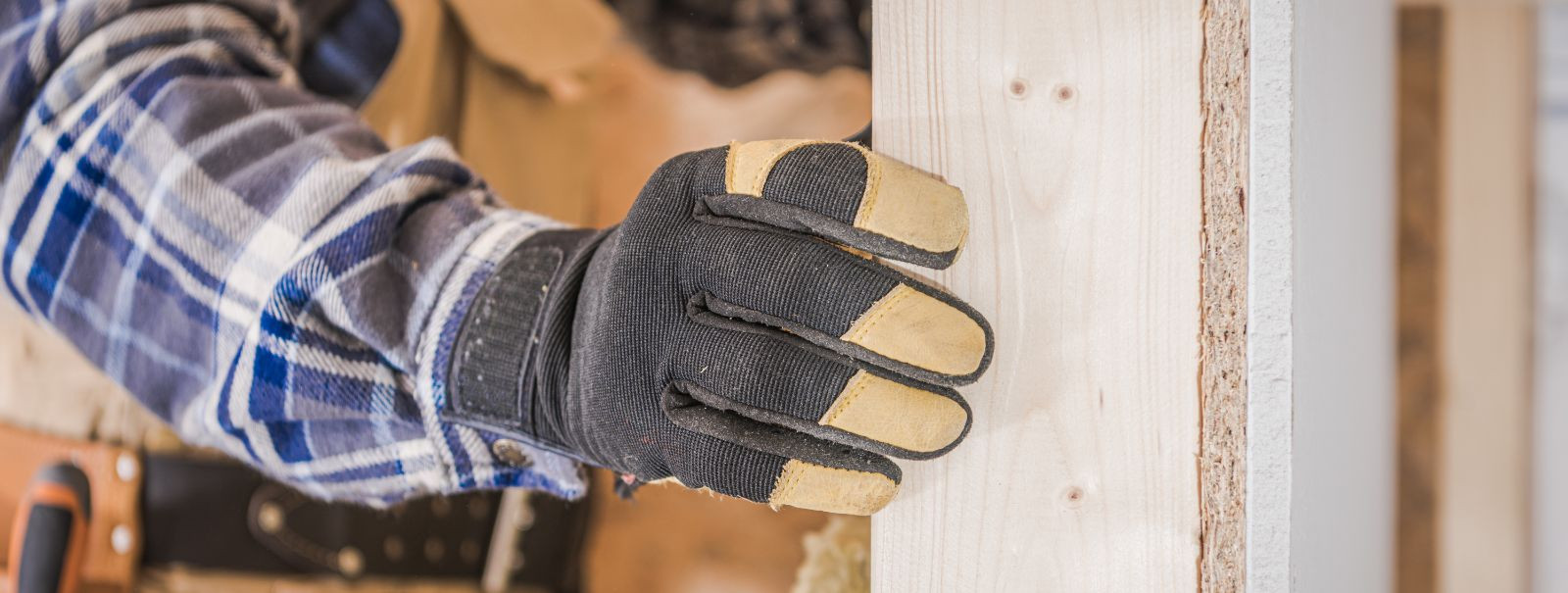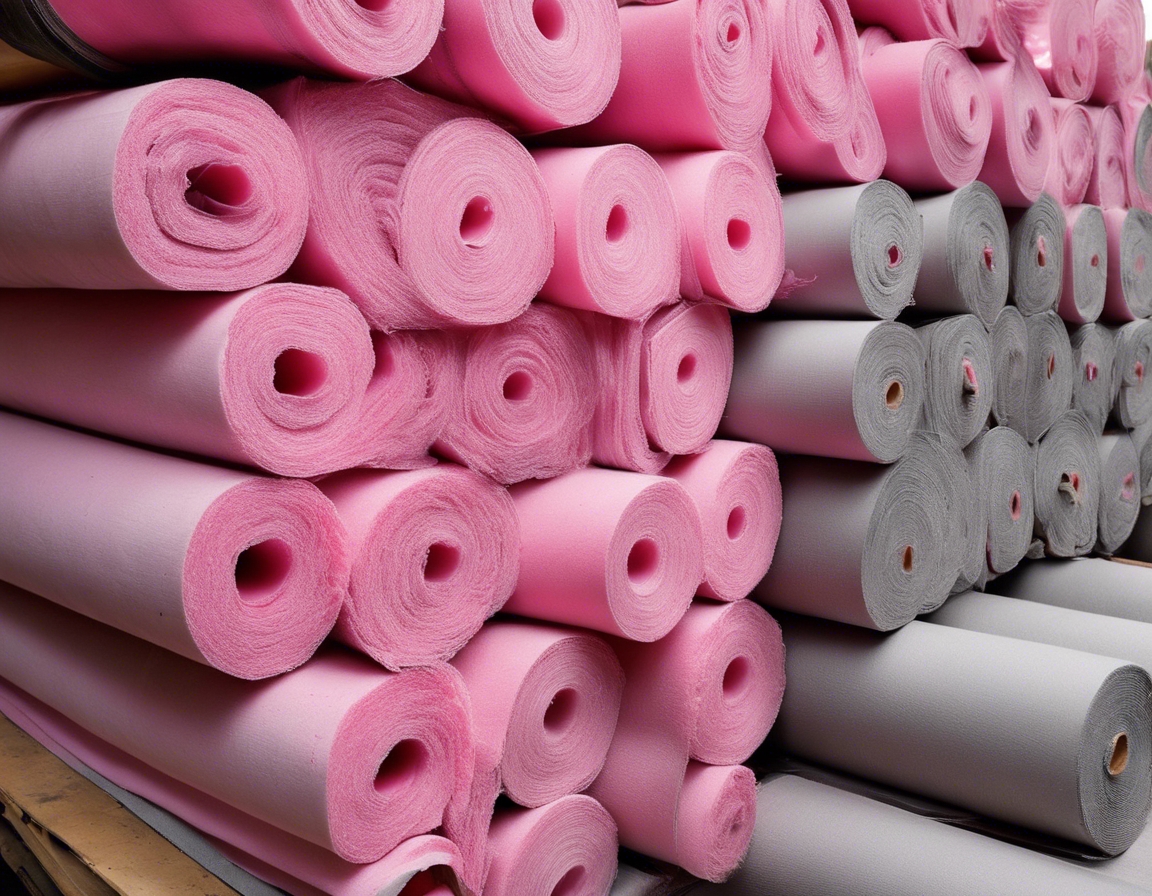5 signs your building needs a facade renovation
As time marches on, the facade of a building can often be left behind, succumbing to the ravages of weather, time, and neglect. A building's exterior is its first impression, a silent ambassador to the public and a shield against the elements. Recognizing when it's time for a facade renovation is crucial for maintaining not only the aesthetic appeal but also the structural integrity and value of your property. Here are five telltale signs that your building may be due for a facade renovation.
Sign #1: Visible Damage and Deterioration
One of the most obvious indicators that a facade needs attention is the presence of cracks and structural damage. These flaws can signal serious underlying issues that may compromise the building's integrity and safety. It's essential to address these problems promptly to prevent further damage.
Water infiltration can cause extensive damage to a building's facade, leading to stains, mold growth, and deterioration of materials. If you notice water stains or signs of leakage, it's a clear sign that your facade's waterproofing measures may need an upgrade.
Spalling occurs when the surface of concrete, brick, or stone flakes away, often due to water ingress and freeze-thaw cycles. Efflorescence, the white powdery substance that sometimes appears on masonry, is another indicator of moisture problems. Both conditions suggest that it's time to consider facade renovation.
Sign #2: Outdated Aesthetics
Over time, the sun's UV rays can cause paint and other materials to fade and discolor. An outdated or worn-out appearance can detract from a building's charm and suggests the need for a cosmetic update.
Architectural trends evolve, and a facade that once was the pinnacle of modernity may now appear dated. A renovation can rejuvenate your building's appearance, aligning it with contemporary design standards and enhancing its curb appeal.
Sign #3: Poor Energy Efficiency
If you've noticed a spike in your heating and cooling bills, it could be due to an inefficient facade. Poor insulation and air leaks force HVAC systems to work harder, leading to higher energy consumption and costs.
An energy audit can reveal if your building is losing heat through the facade. Upgrading insulation and sealing air leaks are essential steps in improving energy efficiency and comfort.
Sign #4: Safety and Compliance Issues
Building codes evolve to reflect new safety standards and technologies. If your facade doesn't comply with current regulations, it's not just a legal risk; it's a safety hazard. Renovation can ensure compliance and peace of mind.
Features such as fire escapes, balconies, and railings must be secure and in good repair. If these elements show signs of wear or damage, it's a safety concern that necessitates immediate facade renovation.
Sign #5: Decreased Property Value
A dilapidated facade can significantly reduce a property's market value. Investing in facade renovation can enhance the building's appeal to potential renters or buyers, ensuring a competitive edge in the market.
First impressions matter in real estate. A well-maintained, visually appealing facade is more likely to attract and retain tenants and buyers, making facade renovation a wise investment for property owners.






Kommentaarid (0)